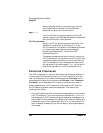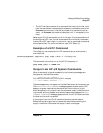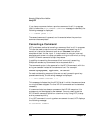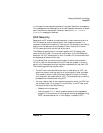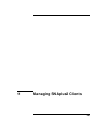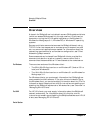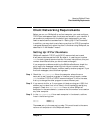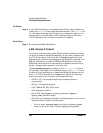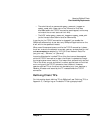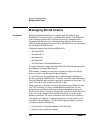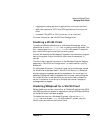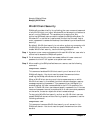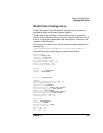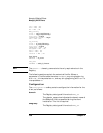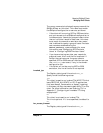
252 Chapter 11
Managing SNAplus2 Clients
Client Networking Requirements
For Windows
Step 4. If your SNAplus2 domain includes Windows clients, add the same two
lines to the services file on each Windows computer. The services file
is in the same format as the HP-UX file, and is generally stored in the
home directory of the Windows TCP/IP software; see your Windows
TCP/IP documentation for more information if necessary.
End of Section
Step 5. Re-enable the SNAplus2 software.
LAN Access Timeout
If the client is communicating with SNAplus2 servers across a network
for which connection charges are payable, you may want to ensure that
the TCP/IP connection from the client is dropped automatically after
applications on the client have stopped using SNAplus2 resources. This
does not automatically disable the SNAplus2 software on the client;
SNAplus2 remains active, and attempts to re-establish contact with a
server if an application requires it at a later time.
The lan_access_timeout parameter (in the sna_clnt.net file for a
HP-UX client, the Registry for the Win32 client, or the sna.ini file for
the Win16 client) enables you to disable the SNAplus2 software on the
client. The TCP/IP connection is dropped when none of the following
events have occurred on the client for the specified time:
• APPC or CPI-C conversations active (or attempts to start a
conversation).
• 3270 or LUA sessions enabled.
• CSV TRANSFER_MS_DATA verbs.
• RJE workstations active
• MS or NOF verbs (except the query_central_logger or
query_node_all NOF verbs)
• Administration commands (except the following events, which do not
cause the client to restart the connection):
• Error or audit messages logged by the client (these are logged
locally on the client, even if central logging is being used).



